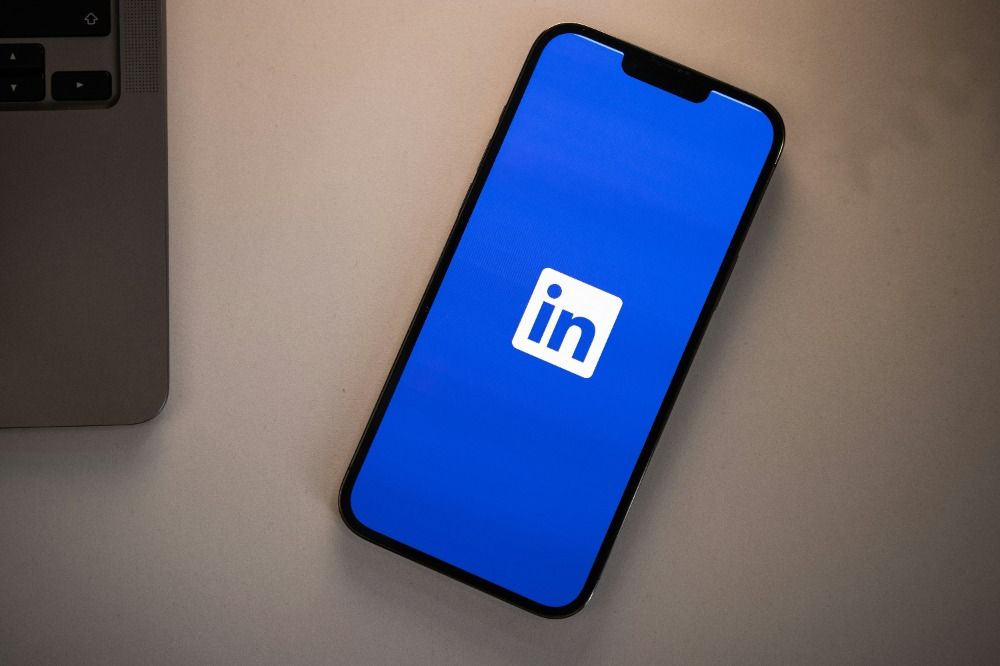4 Black Friday marketing tips for eCommerce brands
According to Reuters, online shoppers spent $8.9 billion on Black Friday last year. They spent another $7 billion just a few days later on Cyber Monday — making it the biggest shopping weekend of the year.
Even though you probably know about the sales potential of this weekend, you may still be curious about how you can maximise your sales during this time, especially with steep competition.
Most businesses capitalise on this monumental opportunity to drive sales. For instance, Best Buy spent almost $7 million on its digital advertising just for Black Friday in 2020.
So, how can smaller eCommerce brands compete with retail giants to drive sales and maximise profits?
With a Black Friday and Cyber Monday marketing plan that enhances the customer experience and generates awareness and excitement for the brand.
And regardless of budget, the best way to set yourself up for success is by investing time and effort into planning and finding creative ways to maximise your plan’s impact.
1. Start your Black Friday marketing planning before Q4
If you want to compete with larger brands with bigger marketing budgets, you need to begin testing the tactics you want to use for your marketing campaigns in August and September.
Brands that wait too long to prepare for the holiday will quickly become overwhelmed and find themselves scrambling to figure out which marketing tactics will result in the most return.
While Cyber Week isn’t until nearly the end of the calendar year, advertising competition begins to intensify in October when businesses in all industries begin to ramp up marketing efforts.
For instance, last year, Amazon rolled out “Black-Friday worthy deals in October.” This means consumers see an overwhelming number of advertisements, making it hard for brands to stand out.
If you want your marketing plan to succeed, you can’t wait until the holiday season approaches to find out what resonates with your audience.
Planning early and testing in advance allows you to build a marketing plan that will help you separate yourself from the competition, rather than making quick decisions that don’t rely on data and might not motivate your audience.
It also helps make sure nothing slips through the cracks during this busy time of year by giving you a clear timeline, so you know what to do and when, making sure everyone stays on the same page.
Start with keyword research to see what terms your brand can realistically afford to place ad bids for so that when customers search for deals, they’ll quickly find your brand.
It’s important to identify what terms you want to target, like “black T-shirt” if your web shop sells clothing. If the terms you’re targeting are popular and receive a high volume of searches, bidding on ads will be expensive.
So, it will be important to look at terms that have a smaller reach and lower number of searches but apply more specifically to your customers, like “slim fit V-neck T-shirt.”
But without prior research, you won’t know which terms consumers are searching for or how much you’ll need to budget for ads.
Rely on insights from prior branded, shop, and generic campaigns to see what has been the most effective with your target audience, which will inform what other tactics you include in your plan.
First, consider what your goals are, then determine which mediums make the most sense to help achieve those goals.
Evaluate options like affiliate marketing and podcast ad placements, which can help generate brand awareness, as well as things like email promotions and Facebook ads, which can help drive sales in addition to awareness.
2. Enhance the customer experience by optimising your website
Providing a fast and easy checkout experience is vital for driving eCommerce sales. It should be easy to interact with and buy from your website; otherwise, customers will go to a competitor that has a more user-friendly website.
And with the big opportunity to profit during Cyber Week, optimising the customer experience needs to be a priority.
Improve your website’s visibility
If customers have a hard time finding your brand, they won’t buy from your online shop. A popular way to do this is by bidding on Google ads, which takes place anytime Google has an open space for an advertisement to appear under specific search results.
While this is a great way to get your website to the very top of the search results, it isn’t as simple as it used to be.
Keyword poaching describes the increasingly frequent phenomenon of brands “stealing” Google traffic by strategically bidding on ads for a competitor’s branded terms.
And for eCommerce brands, stolen traffic is essentially stolen customers and lost profits. While there isn’t anything you can do to prevent competitors from poaching your branded terms, you can mitigate the impact by bidding on Google ads.
Calculate what it will cost to bid on ads for branded terms, like your company name and top products. You’ll also need to estimate how much ad costs will increase if competitors bid on your branded keywords.
Then, consult with your financier to discuss your lending options and build a budget that accounts for these risks and prepares you to outbid your competitors.
Optimise the home page
One of the best ways to improve your website’s visibility is with an eye-catching home page, which can help improve the site’s domain authority and boost the website’s ranking on search engines. And when your website ranks highly, you won’t need to be as concerned about competing for ad bids.
The best homepage will showcase your brand’s personality, highlight your top products with high-quality images, and show off what customers can expect from your sales. Google offers some advice for how eCommerce brands can optimise their sites to help improve search result rankings:
- Add detailed product descriptions, and make sure it’s easy for Google to access product data.
- Use high-quality images, which Google advises that you enhance by adding descriptive alt text and captions, like “our women’s V-neck T-shirt in the color gray.”
- Help Google index your website by making improvements like fixing broken links and taking down pages that don’t have high-quality content.
- Submit a sitemap, which helps Google crawl your website and improves indexing (the process that Google uses to store information about your website so it can appear in search results).
Streamline the checkout experience
If you want to maximise sales and overall order values, you need to meet customer expectations by providing the fast and easy checkout process they’re looking for.
According to a study conducted by Forter, 50% of American shoppers are less likely to buy something if the checkout process takes longer than 30 seconds. A third of respondents also admitted that they would abandon an order if they had to enter their credit card information more than once.
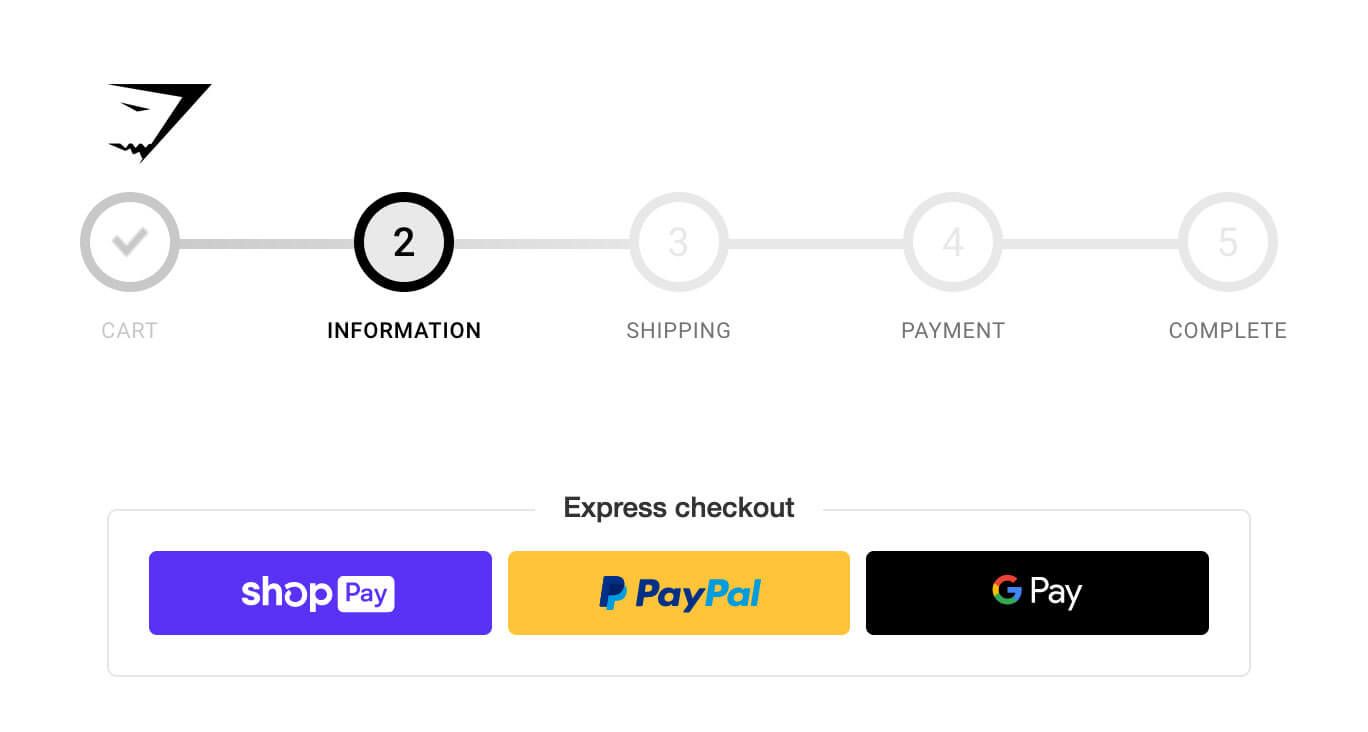
On Black Friday and Cyber Monday, customers’ expectations for a fast checkout are even higher than usual. They need to make quick purchases so they can get everything they want from all of their favourite shops before things sell out.
A streamlined buying process also reduces the odds customers will abandon their cart, especially if they were already sitting on the fence.
Make sure your checkout is up to date with abilities that make the buying process easier for shoppers:
- Accept multiple payment options. This allows customers to pay with their preferred method, whether it’s entering a credit card number or through an integration with a platform like PayPal or Stripe, which saves and auto-fills customer payment information for them.
- Provide express checkout. This reduces the checkout process to a single click by allowing customers to navigate to a checkout page directly from a product page, rather than forcing them to add a single item to their shopping cart and then navigate to the checkout screen.
- Offer a Buy Now, Pay Later option. This helps drive sales by allowing shoppers to buy items while they can get a good price and break up the total into multiple payments.
Offer a great mobile experience
According to data from Forrester, smartphone spending surpassed desktop retail spending — and that was before the COVID-19 pandemic created a need for “contactless commerce,” which saw retailers turn to smartphones to enhance shopping experiences.
While the world has readjusted from the pandemic and many shoppers are returning to their old habits, customers will continue to expect great mobile experiences from brands.
And if brands can’t deliver, then customers will shop elsewhere. There are a few ways you and your IT or software development team can make your website mobile-friendly:
- Remove pop-up ads, which might not be a nuisance on a large desktop screen but will overwhelm phone screens and annoy shoppers.
- Optimise page layouts for mobile by making sure product images and phrases aren’t cut off and to make it easy for customers to access all of the site’s pages.
- Ensure pages load quickly to avoid losing potential customers, half of whom will abandon a site if the pages don’t load within three seconds.
3. Generate excitement by relying on existing brand advocates
Brand advocates are customers who act as cheerleaders for your brand — they share their enthusiasm, attract new customers, and drive sales.
According to a recent study by Nielsen, an overwhelming 88% of consumers trust the recommendations they get from friends, family, and colleagues more than any other type of marketing or advertising efforts.
This means that allowing brand advocates to promote your company isn’t only cost effective, it’s one of the best ways to boost sales on Black Friday and Cyber Monday.
Collect and highlight positive reviews
Proactively collect customer reviews and display them on your website to give shoppers confidence in their purchasing decisions.
According to a recent study from Northwestern University’s Spiegel Research Center, posting just five reviews on a product’s shop page can increase the chances of a sale by 270%, which means it won’t take very long to see the impact of this low-cost effort.
If you aren’t already collecting reviews, you’ll need to make it a priority, so you have an abundance of reviews to display by the time Cyber Week arrives.
Implement a review tool or integrate Trustpilot review scores into your website to help collect and display customers’ comments on the website. And the sooner you implement this, the more reviews you’ll have, and the more confident customers will feel in your brand.
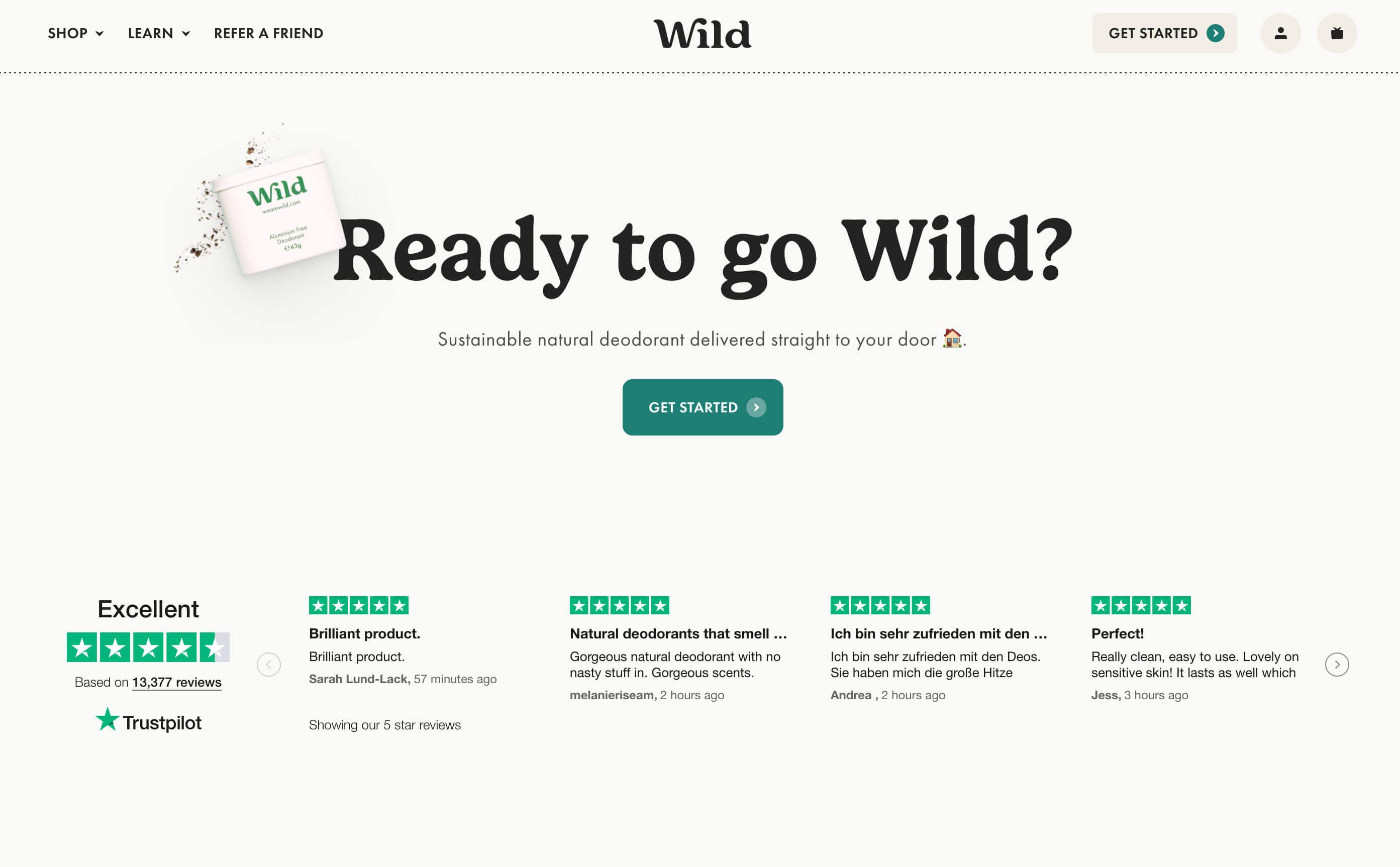
Encouraging customers to leave reviews will inevitably lead to at least a few negative reviews, but even bad reviews can serve as an opportunity to support your marketing efforts.
Responding with care to reviews from customers demonstrates a commitment to customer service, which can help win over customers who read through reviews before making a purchase.
Spotlight user-generated content
User-generated content, also sometimes referred to as “earned media,” encompasses the videos, photos, and written content that everyday users create and share with others.
Most often, this is in the form of social media posts. And compared to the advertisements and carefully written and edited content that companies put out as part of their marketing campaigns, this organic user-created content is often the best type of material to advertise your brand.
Almost 80% of consumers surveyed by TINT believe they know when they’re being advertised to. And they’ll skip past that content as soon as they’re able.
But messages that don’t come from branded sources have the opposite effect — an overwhelming majority of consumers feel that user-generated content is more trustworthy than a branded advertisement, which makes it an effective way to build relationships with customers.
And in TINT’s survey, more than 90% of consumers admit that they’re more likely to share a brand’s content if the brand also shares user-generated content. This means user-generated content isn’t just more trustworthy, it also reaches a wider audience and can have a bigger impact than branded marketing content.
One way to incorporate user-generated content into your marketing strategy is to start a hashtag contest on social media, which encourages consumers to share content about your brand by offering a prize to the creator of the best content.
4. Drive demand by mastering the art of social media
More than a quarter of users in a recent survey said that one of the primary reasons they access social media is to find shopping inspiration or products to buy. And social media commerce is only growing in popularity.
McKinsey predicts social media will “account for about $80 billion in retail sales” by 2025, which means optimising your social media presence to support marketing efforts will only become more important in your future campaigns.
And the sooner you can start testing which platforms and campaign strategies are most effective for your brand, the more data you’ll have to inform your Cyber Week marketing plan.
Facebook’s ad campaigns can support your marketing efforts by helping you build an email list without the cost of the platform’s lead generation functions.
The emails you collect from Facebook campaigns are particularly useful for Cyber Week marketing because they come from shoppers who are already interested and invested in your brand, which means they are more likely to open the emails you send and convert to customers.
Facebook lead generation can quickly become very expensive, especially if your campaign generates a high volume of signups. Instead, you should include language in the primary text of your Facebook ads that encourages users to visit your website and sign up for email newsletters.
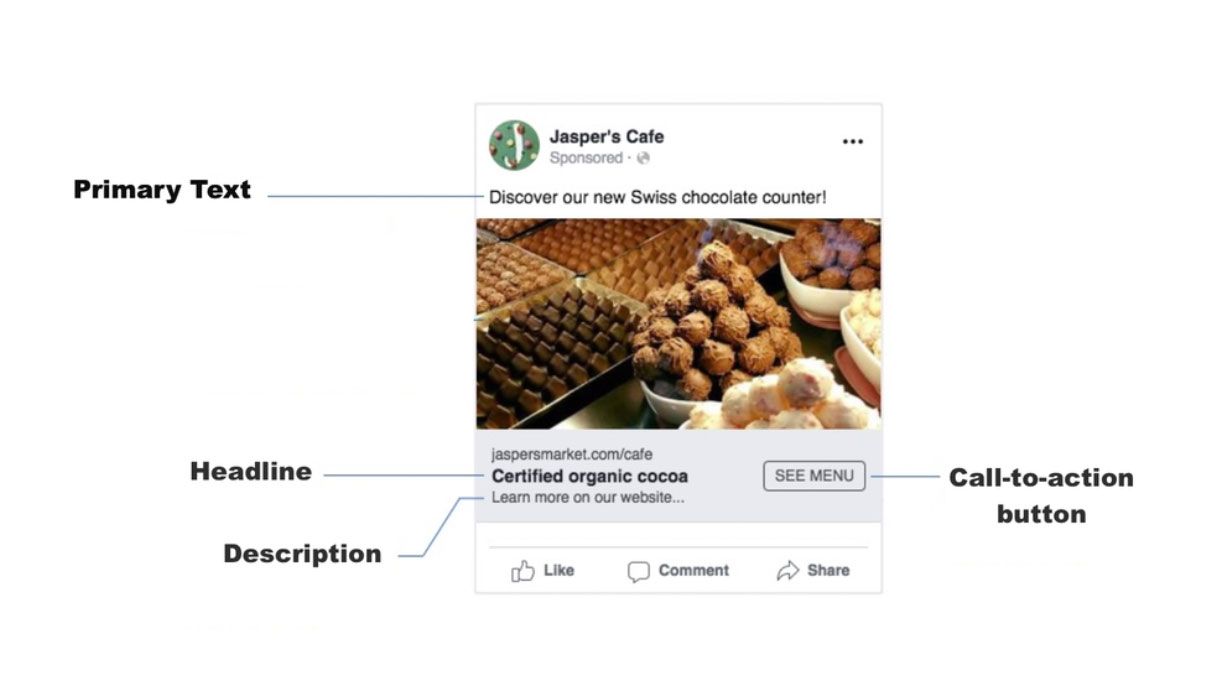
Use incentives like members-only discounts and subscriber exclusives in ads to encourage users to click on ads and navigate to your shop.
Then, make it easy for shoppers to provide their email addresses once they get to your website by building calls to action into the page design.
Instagram is a great platform to showcase your products and services visually, making it easy for customers to browse through your inventory and share products with their friends.
This also makes it an effective sales driver, which means an Instagram shop is vital if you want to maximise the return of your account.
In preparation for Black Friday and Cyber Monday, you should assess your marketing budget and see if it’s realistic to “boost” posts with Instagram Shopping ads to maximise their impact.
If it isn’t, consider bolstering your campaign with things like contests and user-generated content. It’s also important to test your tactics by monitoring traffic to your site to see if Instagram campaigns are actually effective for your brand.
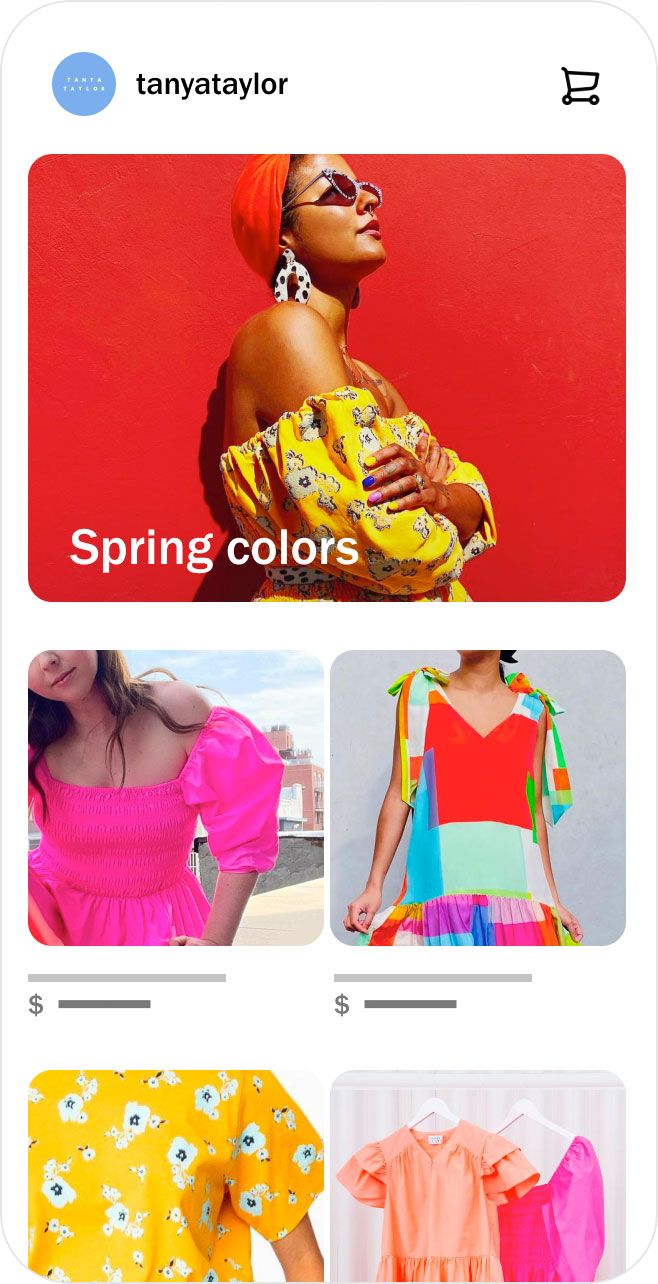
TikTok
Last year, TikTok earned the title of the “World’s Most Popular Web Domain,” beating out Google and Facebook.
And according to recent insights from Google, almost half of Gen Z prefers to search on TikTok rather than Google, which means a TikTok presence is increasingly important for generating brand awareness and driving traffic to your site.
The platform is also becoming an increasingly effective sales driver for eCommerce brands, with almost half of TikTok’s users stating that they’ve bought a product because of content they saw about it on the platform.
To build your brand’s presence on the platform, focus on the basics. The average TikTok user wants to be entertained, which means they want to see fun and relatable videos, not high-dollar ads with polished actors.
Improve your Black Friday marketing plan with expert insights from Wayflyer
Testing the impact of your marketing efforts in preparation for Black Friday and Cyber Monday will give you plenty of data about which messaging is driving traffic and sales.
But gleaning insights from all of that data can be overwhelming, especially when it’s located on different platforms. Wayflyer helps you overcome this by giving you visibility into the data and metrics that are most important to you, all in one place.
Wayflyer allows you to view data from Facebook and Google alongside each other, so you can compare details like average order value and sales volume to get the best understanding of the impact of your marketing.
And since Wayflyer works exclusively with eCommerce brands, our experts can help identify industry-wide trends that might be impacting your business that traditional lenders may not be aware of.
Schedule a call to learn more about how Wayflyer can help you improve your cash flow and marketing plans to maximise your profits on Black Friday and Cyber Monday.

